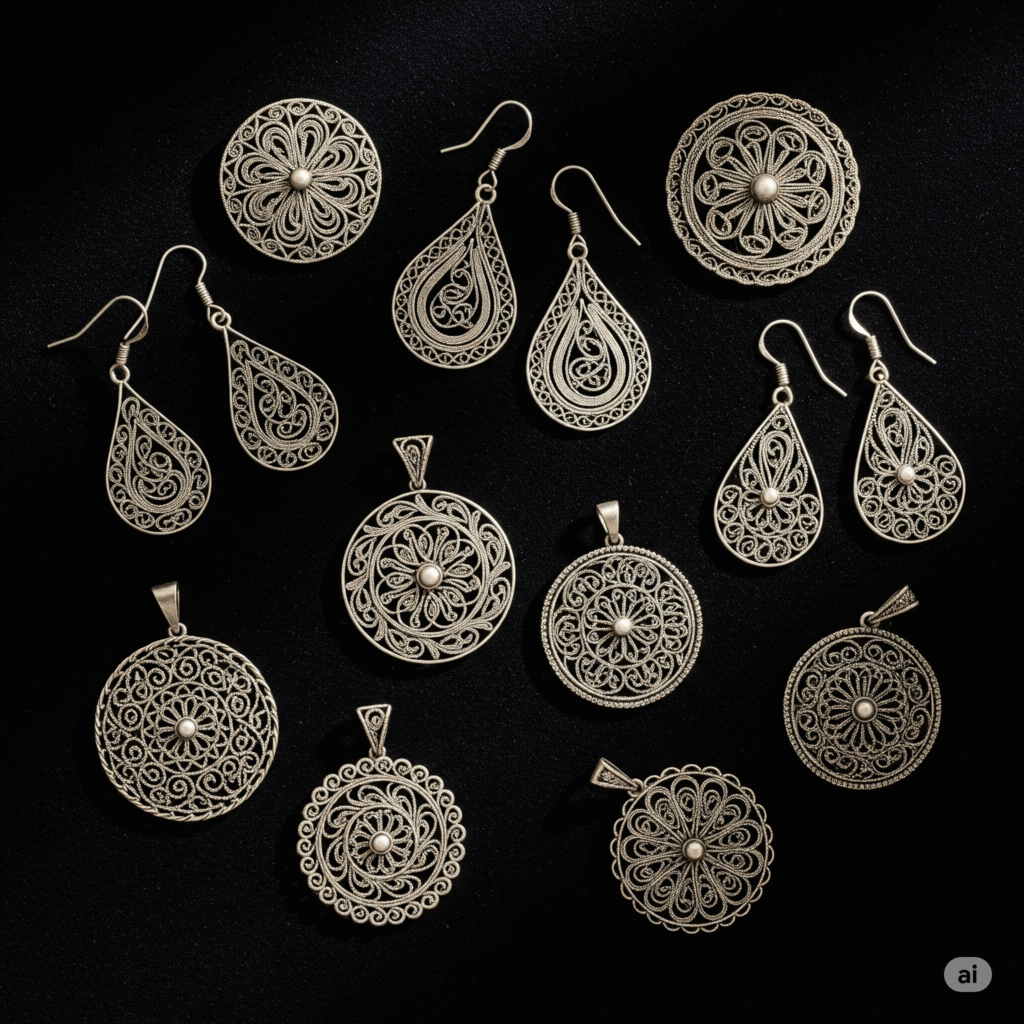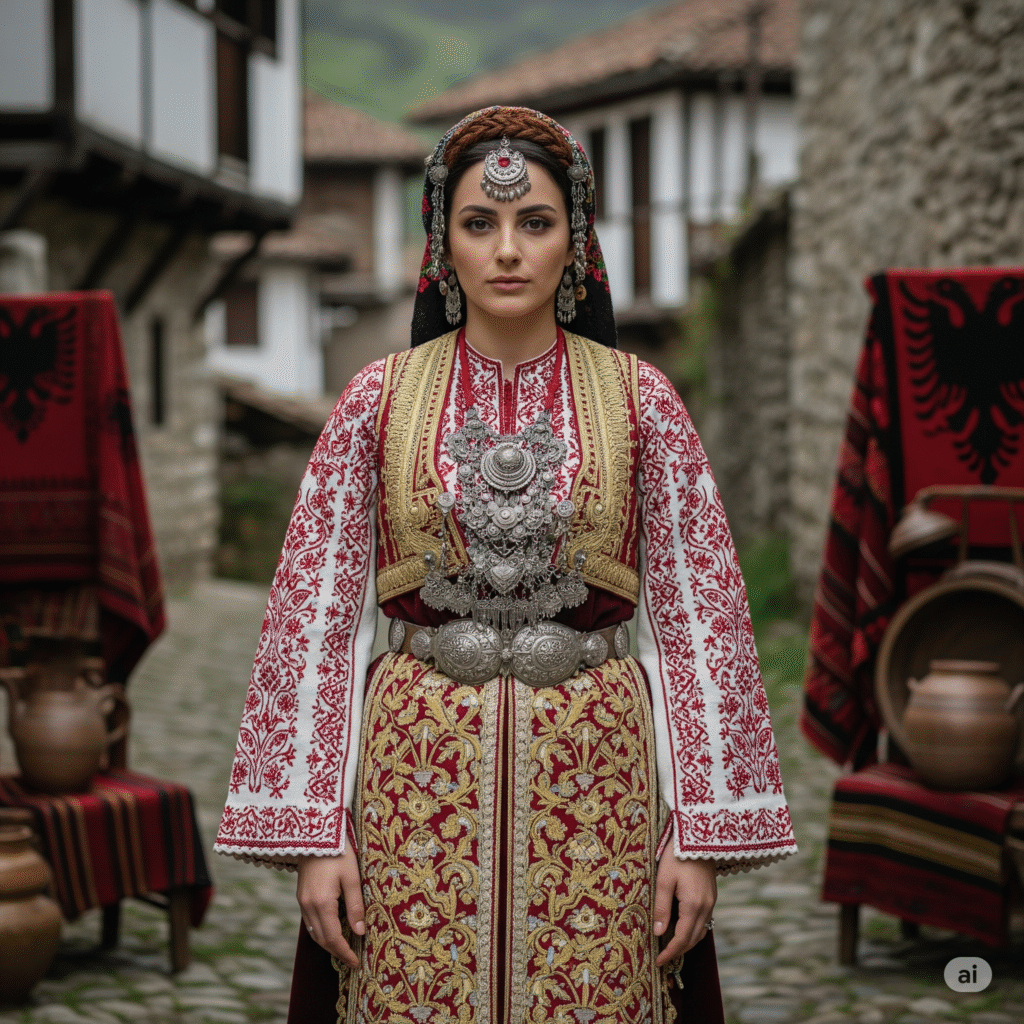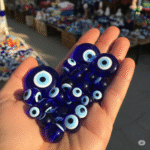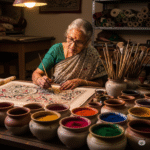In the quiet town of Shkodra in northern Albania, there is a craft so delicate that it often gets mistaken for lace. But it is not made from thread or fabric — it is shaped from silver wire, twisted and curled by hand into intricate patterns. This is the ancient art of filigree, a metalworking technique that transforms precious metals into shimmering, lace-like designs.
What Is Filigree?
Filigree is a decorative art form that involves twisting fine threads of metal, usually silver or gold, and soldering them together into elaborate designs. The word comes from Latin: filum meaning thread, and granum meaning grain. It is one of the oldest jewelry-making techniques, found in civilizations from ancient Mesopotamia to the Mediterranean and South Asia.
In Albania, filigree has a particularly rich history. It is said to have been practiced since the Illyrian era, evolving through Ottoman influence and local customs. Today, it remains a living tradition passed down through generations of artisans, many of whom work in family-run workshops using tools that haven’t changed in centuries.
How It’s Made

The process begins with melting silver into thin rods, which are then stretched into hair-thin wires. These wires are coiled, bent, and snipped into tiny shapes using tweezers and pliers. Patterns may include spirals, flowers, teardrops, or geometric webs. Each design is arranged on a metal frame or base and carefully soldered in place using a flame and powdered borax as flux.
Finally, the finished piece is polished until it gleams, revealing the soft shimmer and detailed texture that gives filigree its lace-like beauty. Some artisans add oxidized touches for contrast or inlay colorful stones to modernize the style.
A Symbol of Heritage
Filigree in Albania is more than jewelry — it is a symbol of national pride and personal identity. Traditionally, brides received filigree pieces as wedding gifts, often in the form of large brooches, earrings, or belts. These heirlooms were treasured not only for their beauty but also for the skill and patience they represented.
Designs often include motifs from folk stories, ancient symbols, or patterns inspired by the local landscape. The sun, pomegranate, and eagle appear frequently, each carrying its own cultural significance.
Modern Revival

In recent years, young designers and cultural organizations in Albania have begun reviving filigree as part of a broader effort to preserve traditional crafts. Workshops now offer classes to tourists and locals, and artisans sell their work through online platforms to reach international markets.
Modern pieces mix old and new — delicate silver flowers paired with denim, or traditional shapes reimagined as minimalist pendants. This balance of heritage and innovation is helping the craft stay alive in a fast-changing world.
Challenges and Resilience
Despite its beauty, filigree is under threat. Mass-produced jewelry and cheaper materials have made it harder for artisans to sustain their work. The technique is also time-consuming, requiring a steady hand, excellent eyesight, and deep focus.
But in places like Shkodra and Krujë, master craftsmen continue to teach apprentices and keep the tradition going. Their dedication shows that handmade art, even in a digital age, still holds powerful meaning.
Why It Matters
Filigree is a reminder that beauty can come from patience, precision, and tradition. In Albania, every piece carries a story — of a grandmother’s wedding, a father’s craft, a nation’s resilience. Whether worn on a necklace or displayed in a museum, it connects the past with the present in shimmering threads of silver.
So next time you see what looks like lace but feels like metal, remember: it might just be a tiny masterpiece from the heart of the Balkans.






